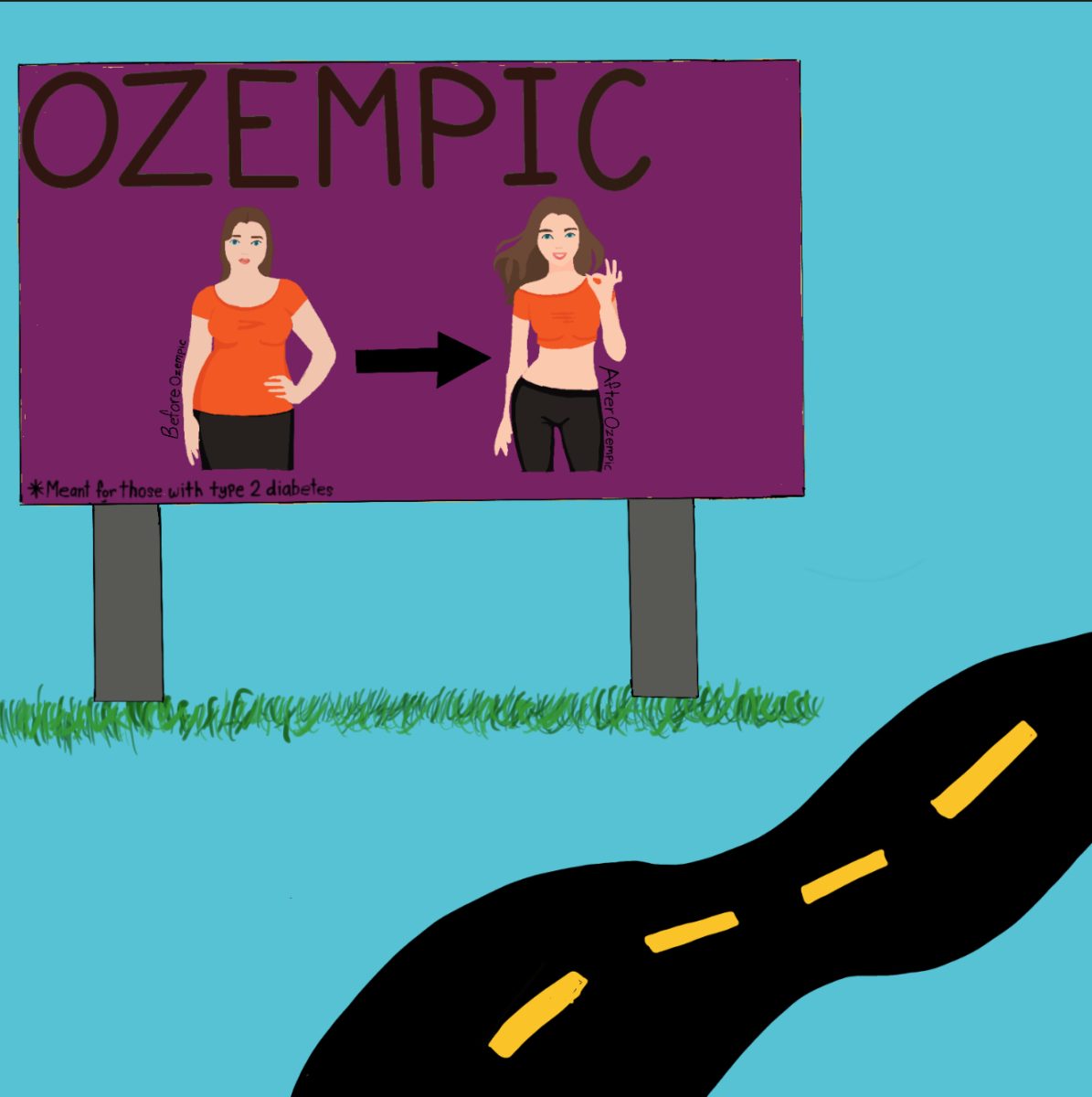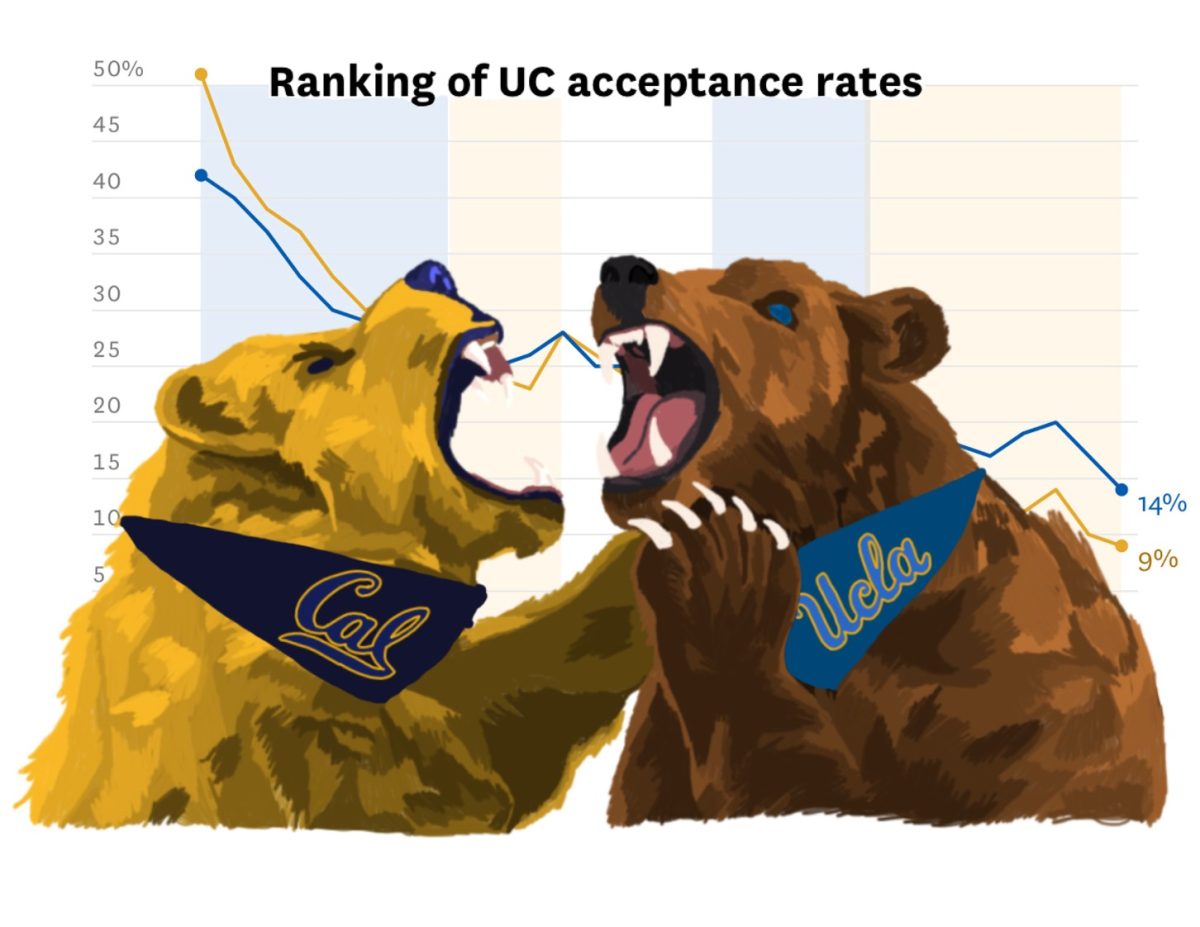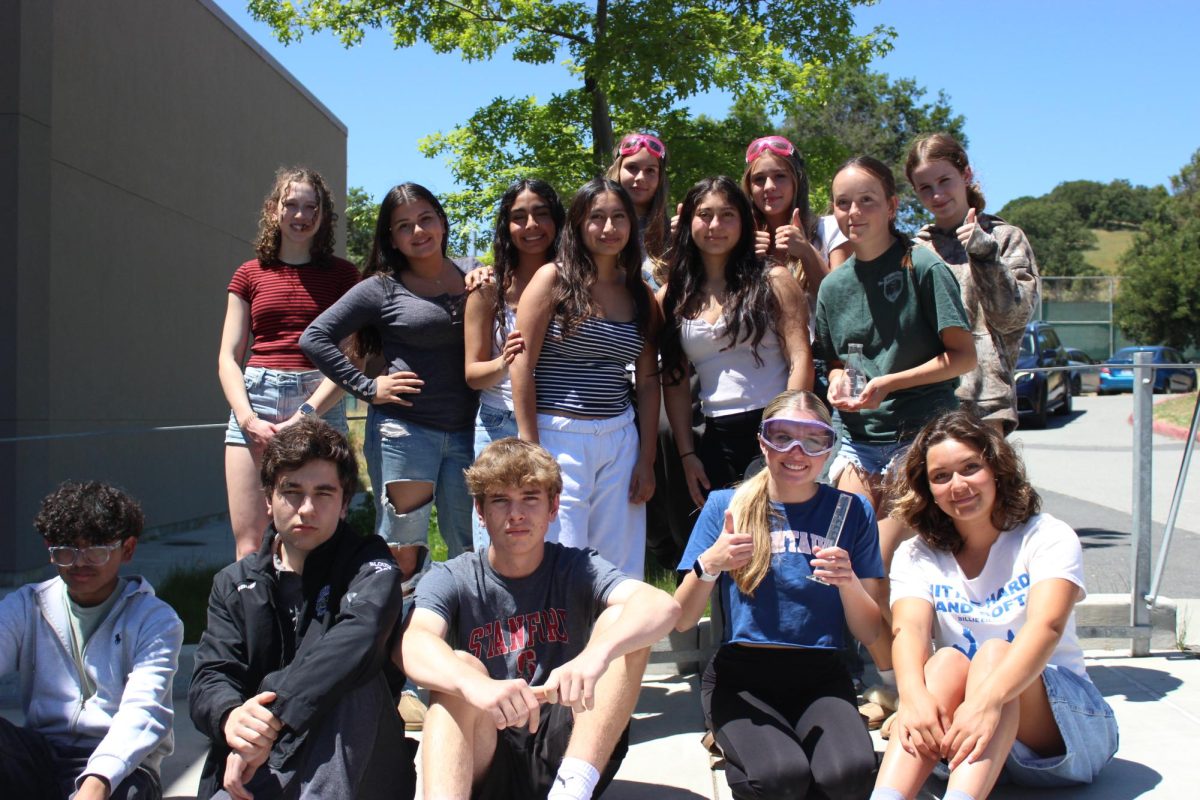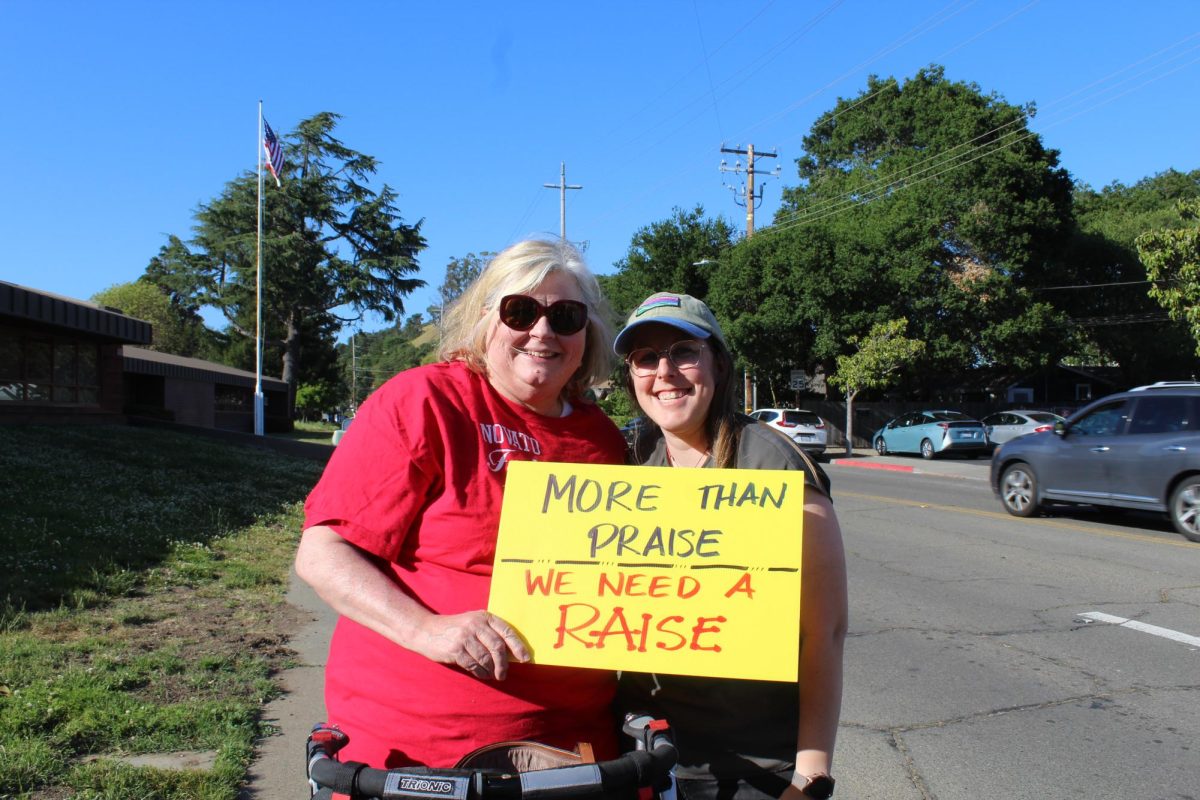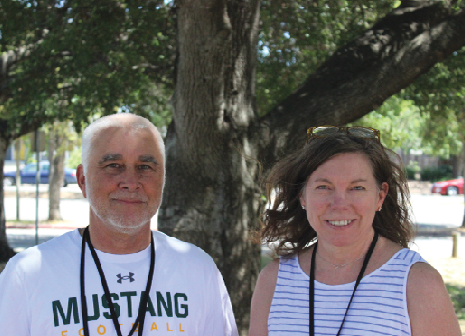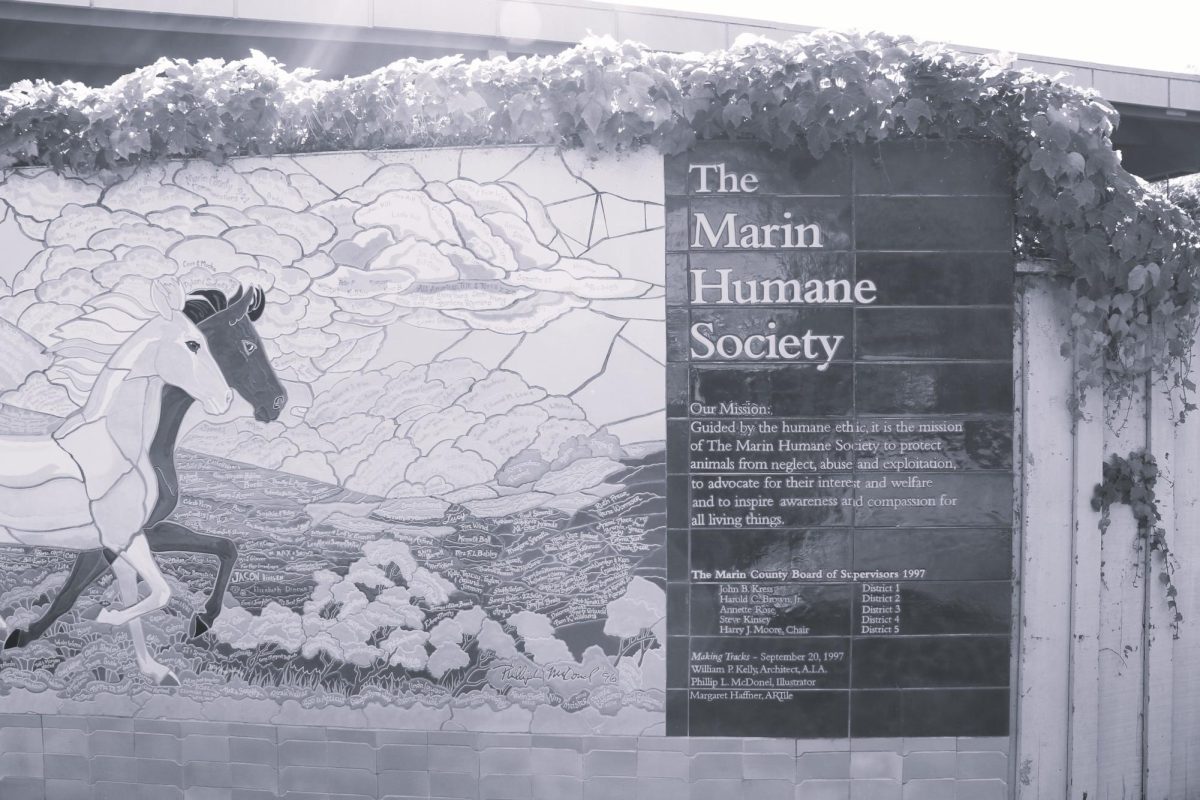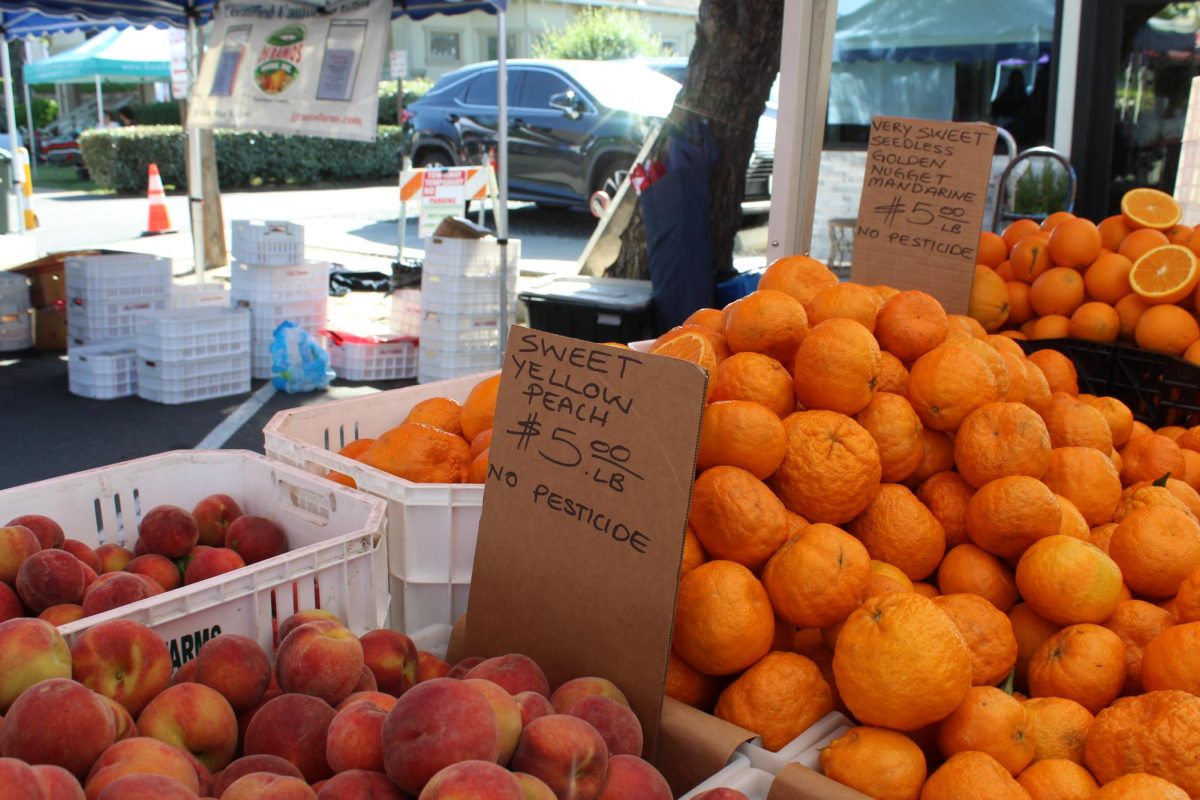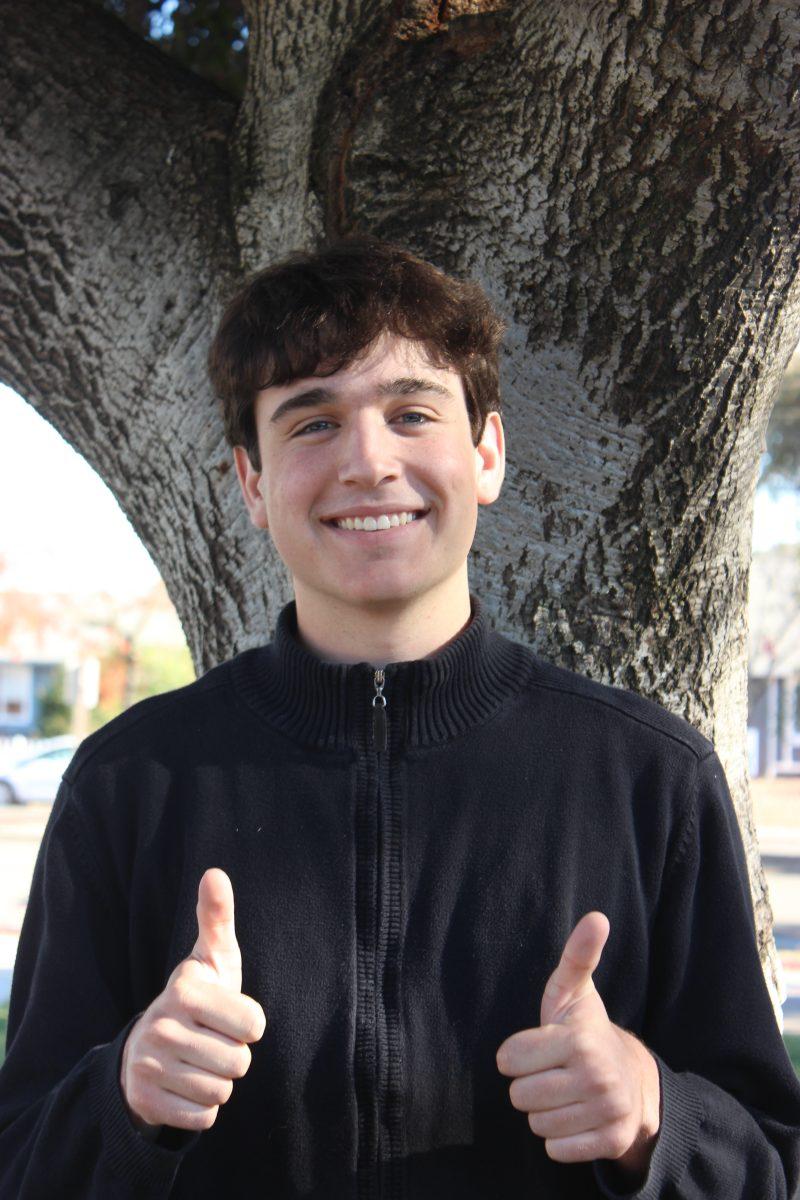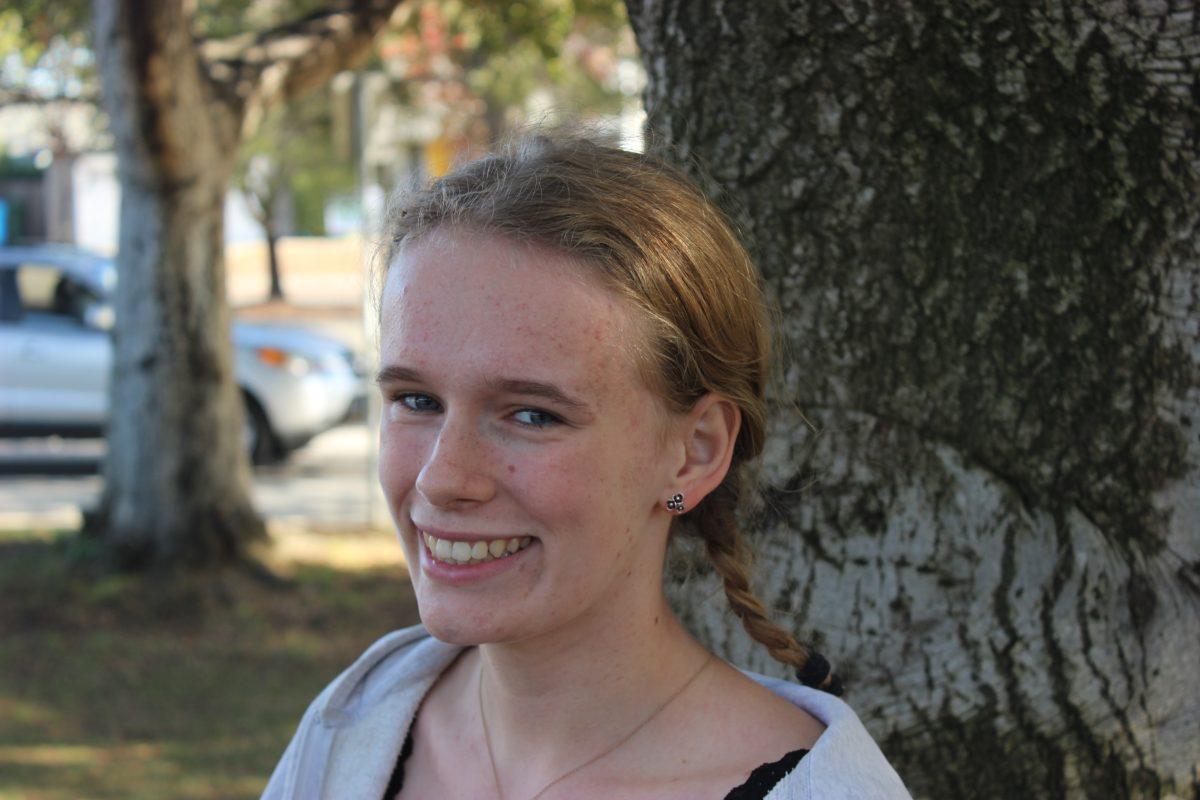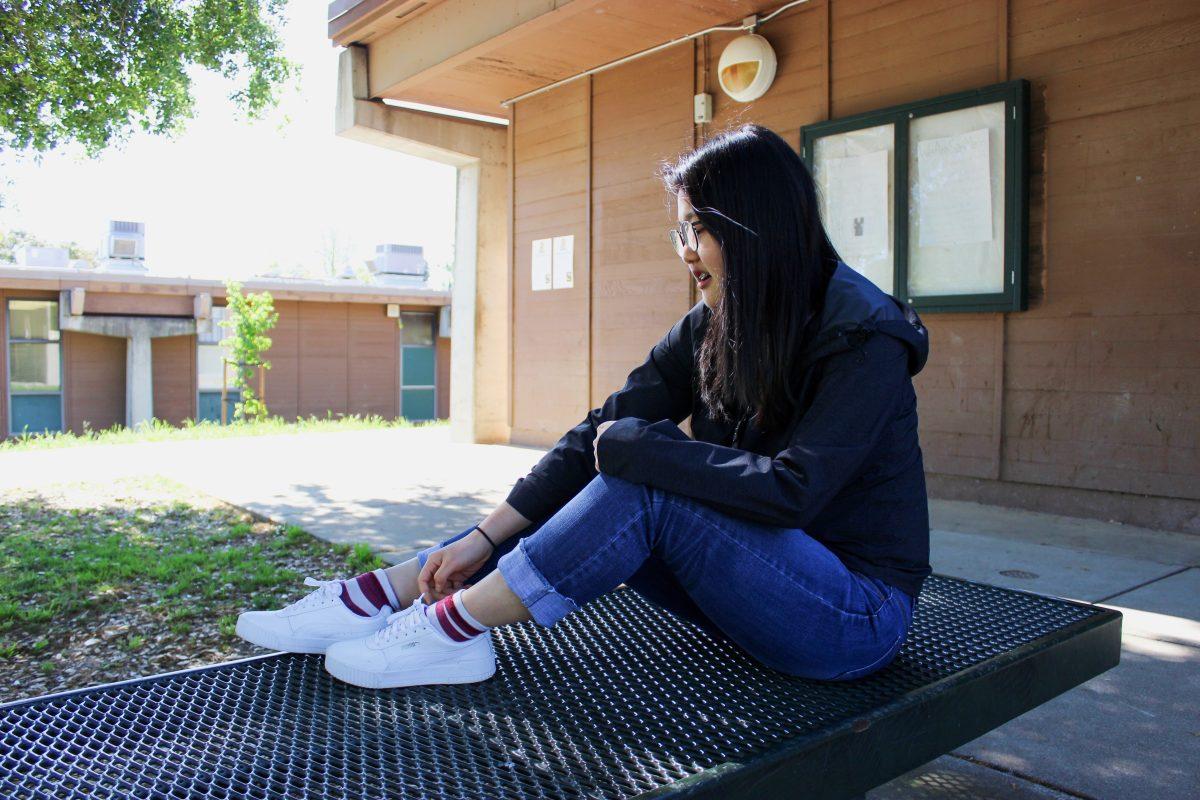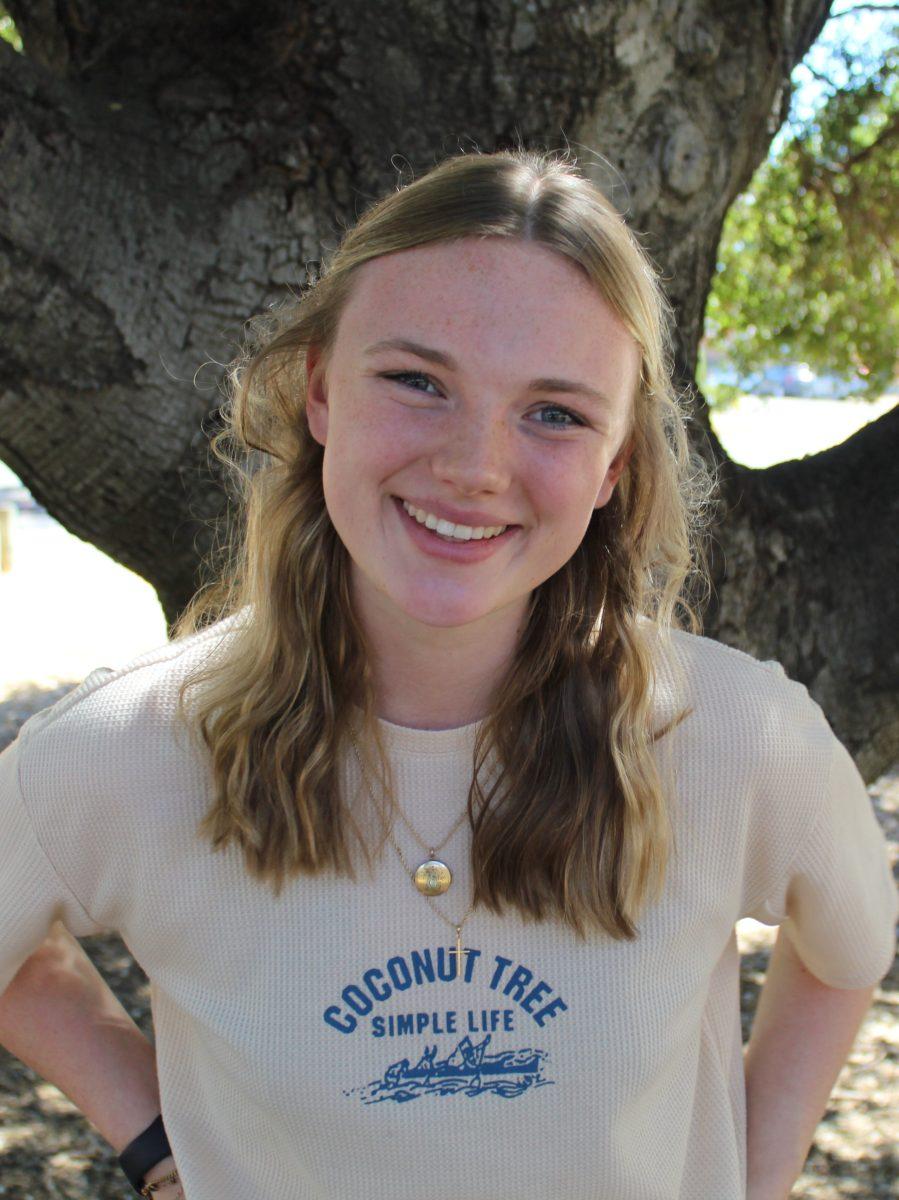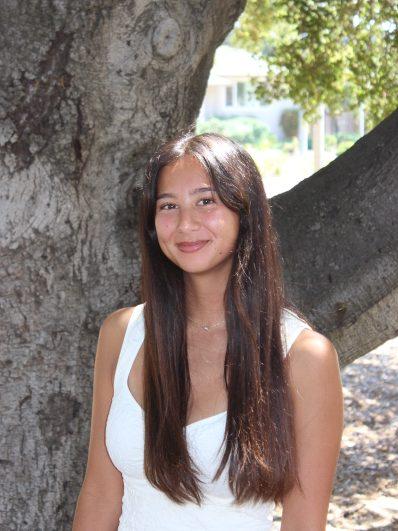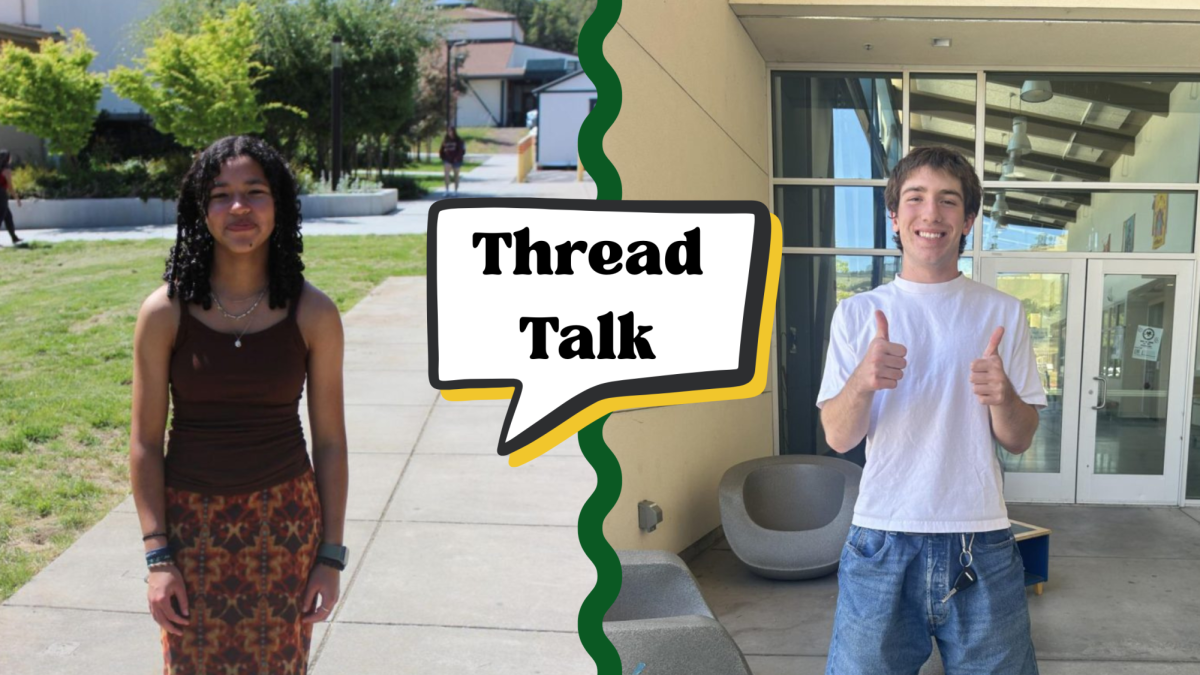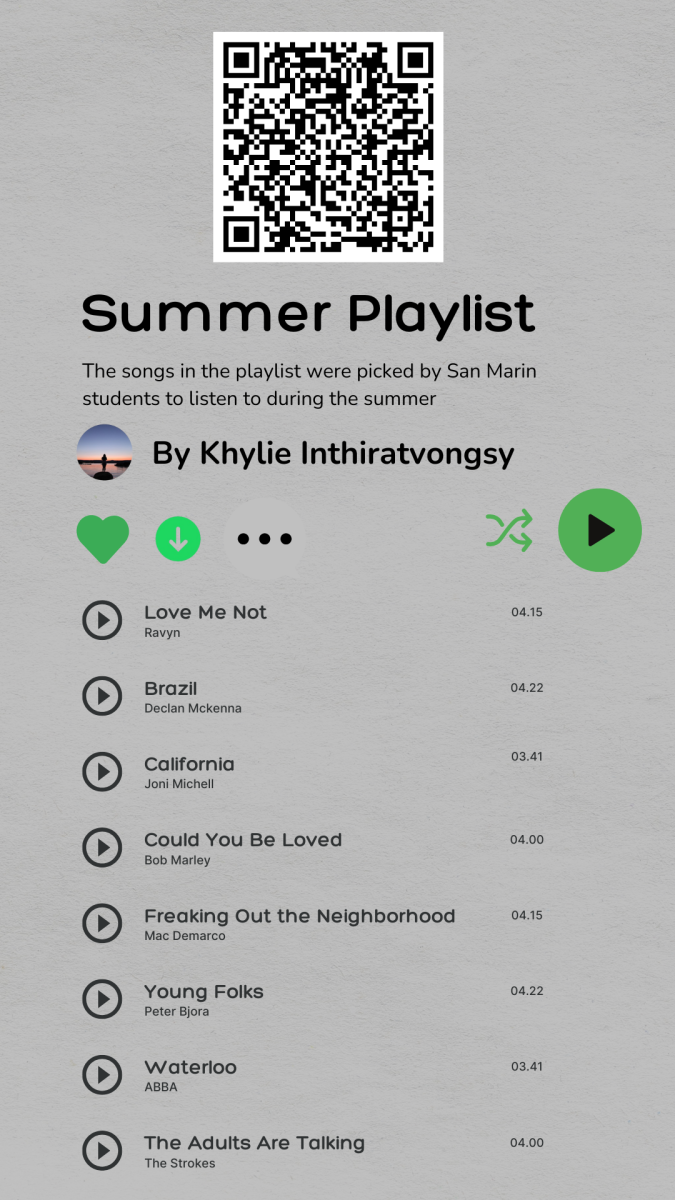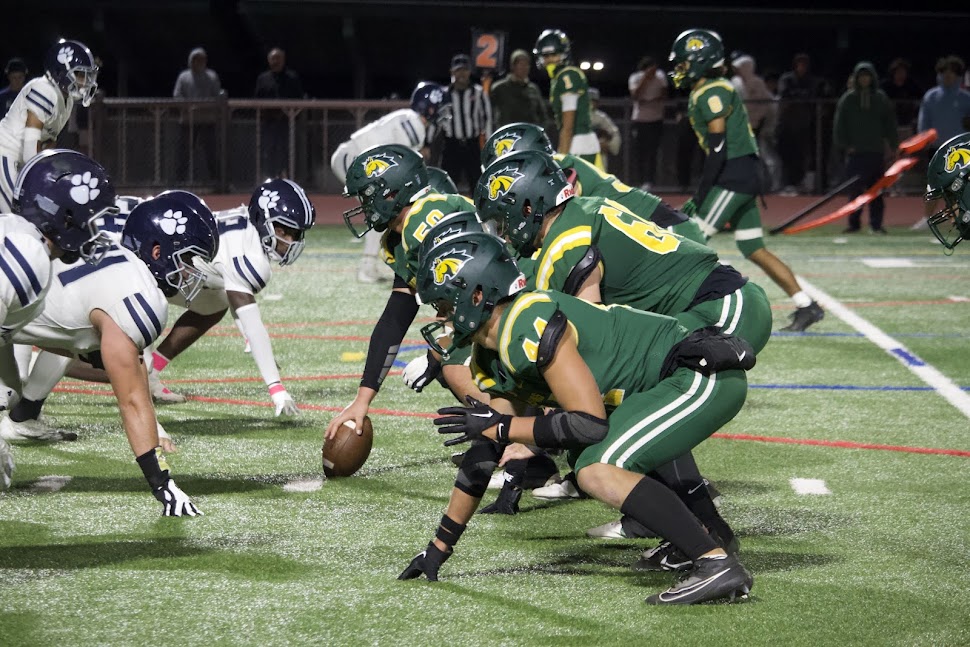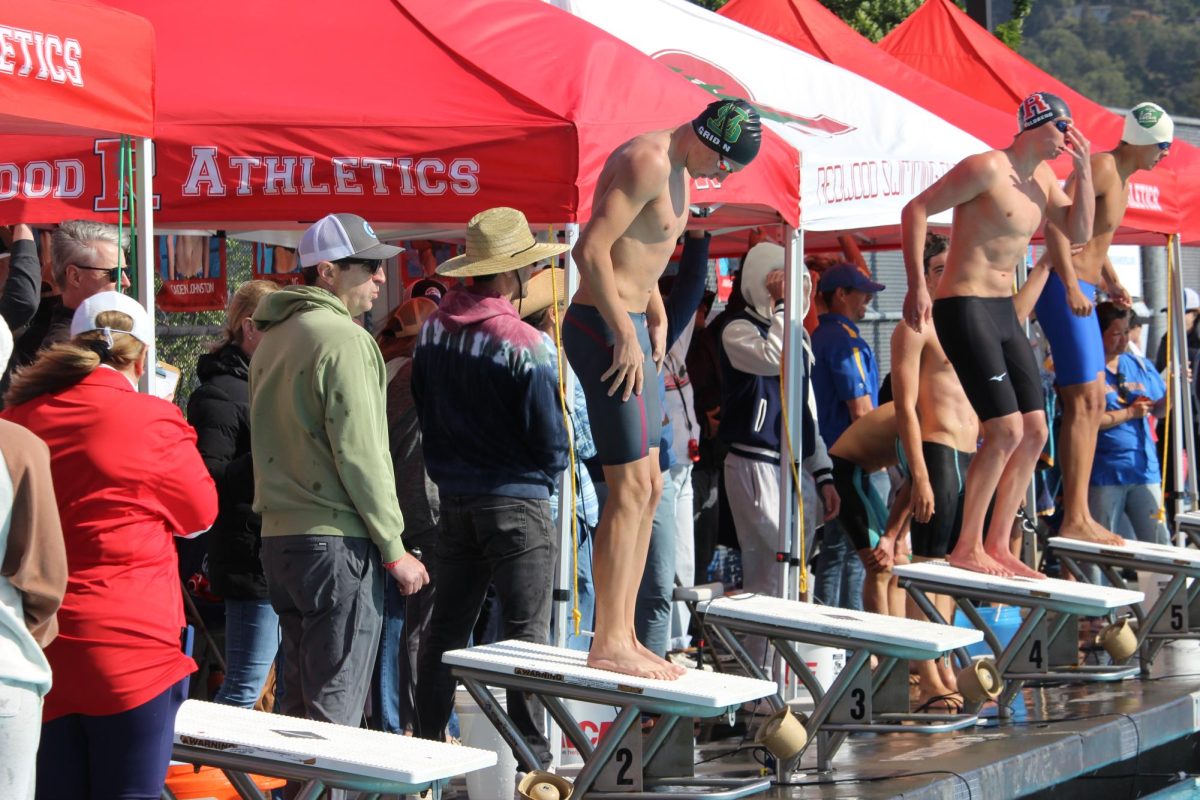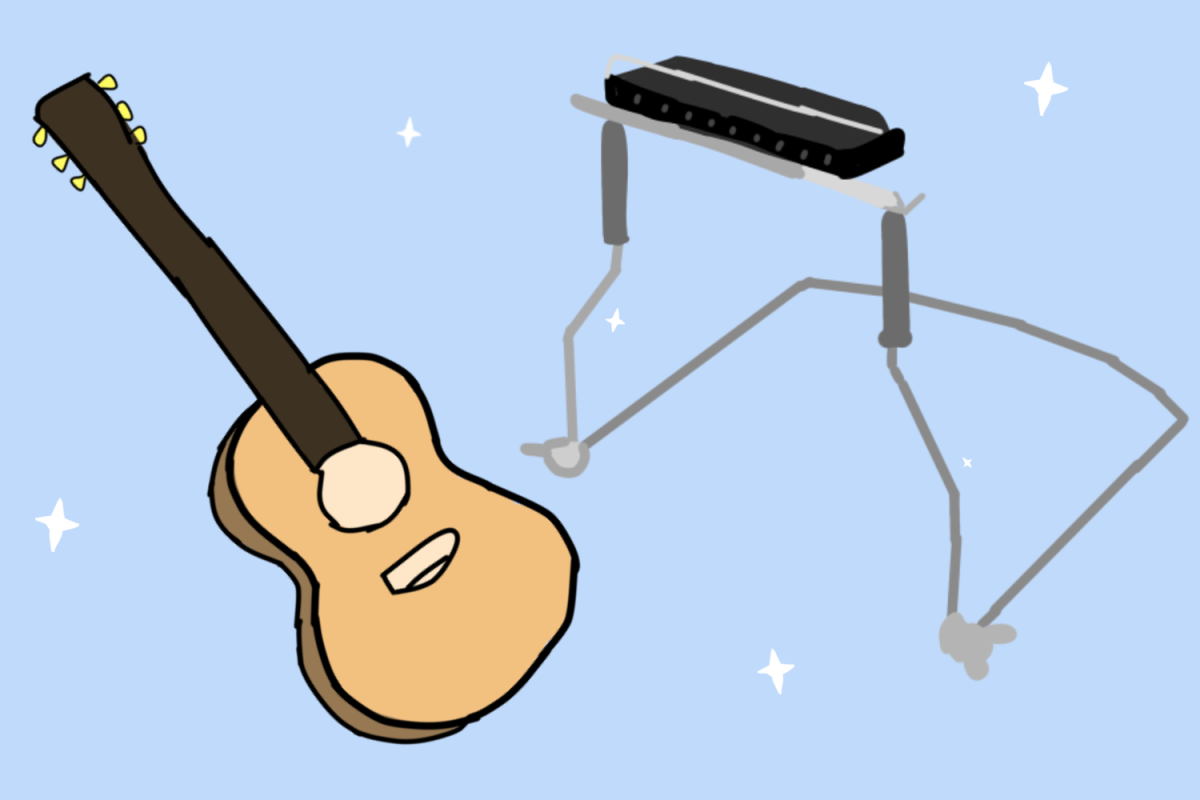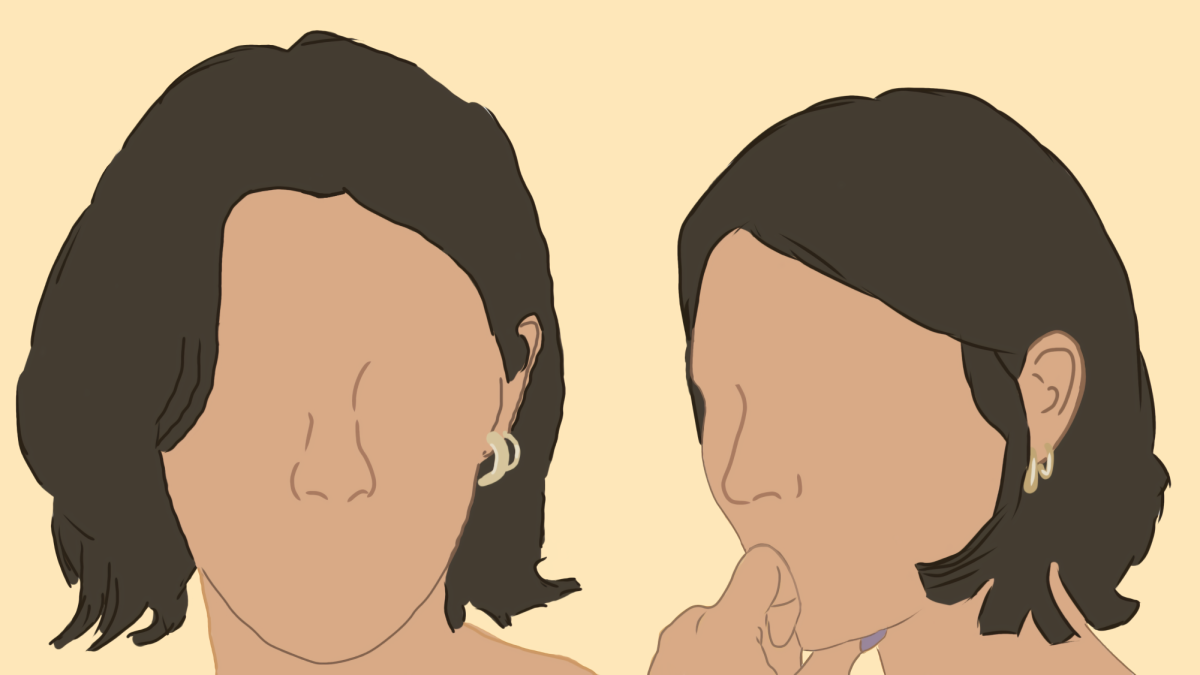How often does a San Marin student go the extra mile in class to learn more than a teacher asks? Which matters more: good grades or learning new skills and material?
I will admit; I am that first one. I complete most assignments to the minimum standard possible for the grade, and I have used SparkNotes the night before a test instead of reading those last few chapters.
However, this lack of practice, whether it be in writing, reading, math, or science, is starting to show. Our school is ranked 482nd out of 2,001 public high schools in California by the 2016 SchoolDigger ranking system, based on California standardized test scores. Which doesn’t seem that bad, until you compare it to other schools in Marin. Novato High is 324th. Redwood High is 123rd.
For the 2017 California Assessment of Student Performance and Progress (CAASPP) test scores for 11th graders, 62.89 percent of San Marin juniors passed, which seems pretty impressive. Only 59.76 percent of students passed in California, making San Marin slightly above average in our state. Again, however, 77.24 percent of Novato High students exceeded or met expectations, much higher than San Marin.
So, what’s the difference? Coming from Sinaloa or San Jose, most students choose between San Marin and Novato High, so the two should get about the same student competency. Both schools are given roughly the same funds, the teachers are paid on the same salary schedule, and bell schedules are the same.
Ethnic diversity certainly can affect test scores, with correlation between poverty levels and minorities. Novato High has 33 percent of their students on a free or reduced lunch plan, whereas San Marin has 22 percent. Reduced lunch plans are given when a family’s income dips below a certain point. As a school, however, about 57 percent of Novato High’s Hispanic or Latino students passed the CAASPP ELA test, whereas about 47 percent of San Marin’s Hispanic or Latino students passed. Novato High’s passing rate is actually higher regardless of having more economically disadvantaged students.
Of course, there are also other variables that can alter testing results. San Marin has different programs to draw in students, as does Novato High, and that could be a factor in the skills of students. Second, test scores don’t always correlate with the ability to learn. Third, the competency of teachers is never guaranteed to be equal, and with just a few good teachers, it can change the entire atmosphere of the school and the individual program. However, I have a hard time believing that Novato High’s teaching quality is truly that much better to account for a 15 percentage point variation in passing an English test.
Additionally, students are not guaranteed to be trying their best on the CAASPP test. It is even an option to opt out from taking the test, as some San Marin students did in the 2016-17 school year because it interfered with other Advanced Placement finals in class. This brings into question whether Novato High also struggles from this lack of effort or if it is simply a part of the culture at San Marin not to try on standardized tests.
I’m not saying that San Marin teachers aren’t great, and don’t try to help students to thrive. Many teachers have high expectations and beneficial plans to be successful in the classroom. Despite this, there are requirements from both the district and state through standards that all teachers are required to abide.
“Our English classes have 30 or more students in each one, and it’s hard for one teacher to grade [every essay] and give each individual the assistance that they need,” English teacher Karen Arcangelo said. “Ideally, a freshmen English class would be under 25. I would prefer to spend more time on particular aspects [of writing].”
Other teachers agree that San Marin should increase the rigor of learning in order to compete in college and beyond.
Senior English teacher Kathy Warren, who teaches ERWC said, “In the 2016-17 school year, the students themselves were not as prepared as they needed to be. There were kids who were thinking they were going to go to some level of college, whether it be 2- or 4- year, and their skill sets were not there yet.”
Increasing rigor wouldn’t necessarily mean assigning more homework for students; these changes could be made solely during school, between the students and the teachers. If students have more available teachers able to help them, it would mean that the students could be pushed more and become more comfortable with working hard towards success. Students will perform better on standardized tests, and help raise the standard of San Marin with confidence about the skills learned in class.
“Establishing a school-wide definition [of rigor] is a good starting point for conversations related to student achievement,” said Principal Dr. Mark Sims. “In terms of improvement, we should look at what we do within the school year to increase student achievement focusing on formative assessments related to what our school feels are the essential standards.”
If San Marin can find a way to increase rigor in the classroom, we might have a chance to compete with Novato High and other schools nationally. If there were higher expectations in the classroom, it would make it easier for me to want to learn instead of finishing busywork for the grade. Until then, students are going to keep coasting through school and finding the easy way out. Testing scores will remain lower, and it will be increasingly harder to impress colleges and learn how to thrive in a more advanced environment. With higher standards in the classroom, more students would be challenged and make it less complicated to succeed in later ventures.
We rank schools based on test scores supplied by each state’s Department of Education. We calculate and Average Standard Score by normalizing and averaging each school’s test scores across all tests and grades. That average score is then sorted. The school with the highest score is ranked #1, the second highest #2, and so on. (Use z-scores to create a bell shaped curve and make it fair to calculate scores from different tests)
2016 National CAASPP scores for 11th graders:
26percent Exceeded Standards
33percent Standard Met
22percent Standards nearly met
19percent Standards not met
2016 SM CAASPP scores for 11th graders:
34percent Exceeded Standards
34percent Standard Met
20percent Standards nearly met
13percent Standards not met
SM CAASPP scores Economically advantaged/disadvantaged
ES 40/ 13percent
SM 35/ 31percent
SNM 17/ 29percent
SNotM 8/ 27percent
SM caaspp Hispanic/latino scores
ES 12
SM 31
SNM 27
SnotM 29
SM White scores
ES 41
SM 35
SNM 18
SNotM 7
2016 Novato CAASPP scores for 11th graders:
43percent Exceeded Standards HL 18
40percent Standard Met HL 47
10percent Standards nearly met HL 20
7percent Standards not met HL 14
